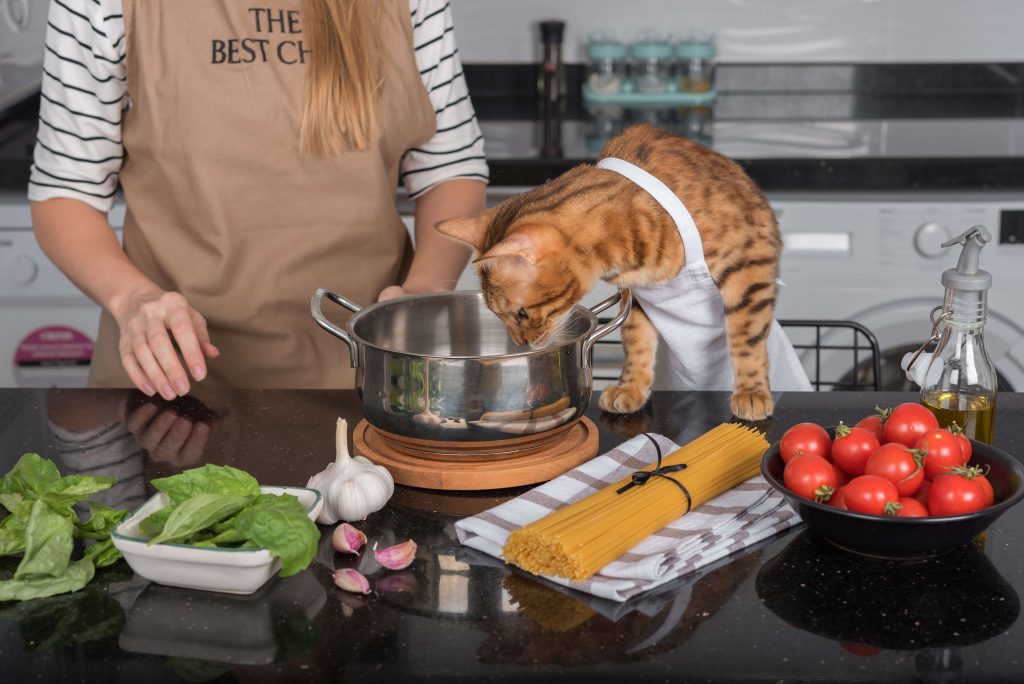The decision to welcome a feline companion into one’s domicile is a profound commitment, extending far beyond the initial allure of their enigmatic charm and svelte grace. It necessitates a thorough understanding of their intricate needs, a nuanced approach to their holistic well-being that transcends superficial considerations. To truly cultivate feline flourishing, one must embark upon a judicious process of discernment, meticulously evaluating sundry aspects that contribute to a cat’s enduring health, contentment, and behavioral equipoise. This treatise endeavors to illuminate the multifaceted dimensions of optimal cat care, offering a compendium of considerations for the discerning pet guardian.

The Cornerstone of Canine Well-being: Nutritional Prudence
The alimentary regimen of your feline friend stands as a paramount determinant of their vitality. Cats are obligate carnivores, a biological exigency that dictates a dietary paradigm rich in animal-derived protein. This is not merely a preference; it is a metabolic imperative. The indiscriminate provision of carbohydrate-heavy fare can precipitate a panoply of health concerns, ranging from feline obesity and diabetes to more insidious metabolic dysfunctions.
Discerning Dietary Excellence: Wet, Dry, or Hybrid?
The perennial debate surrounding the merits of wet versus dry food often engenders a degree of perplexity among pet proprietors. Dry kibble, while undeniably convenient and often more economical, typically possesses a lower moisture content, which can contribute to chronic dehydration in felines, a predisposition to urinary tract ailments being a lamentable consequence. Conversely, high-quality wet food offers superior hydration and more closely mirrors the natural prey diet of a cat, providing a more bioavailable source of essential nutrients. A judicious approach often involves a hybrid model, wherein premium wet food forms the preponderant portion of the diet, supplemented by a modest quantity of high-quality dry kibble for dental hygiene benefits and sustained satiety.
When evaluating dry food, scrutinize the ingredient list for the absence of extraneous fillers such as corn, wheat, and soy, and the prominence of named meat proteins as the primary ingredients. For wet food, prioritize brands that eschew artificial colors, flavors, and preservatives, favoring those with clearly identifiable meat sources and minimal carrageenan content. The adage “you are what you eat” holds profound resonance for our feline charges.
Environmental Enrichment: Curating a Stimulating Abode
A cat’s environment is not merely a backdrop; it is an active participant in their psychological and physical constitution. An impoverished or monotonous milieu can precipitate ennui, stress, and undesirable behavioral manifestations, such as destructive scratching or inappropriate elimination. The judicious orchestration of environmental enrichment is therefore not a luxury but a fundamental necessity.
Verticality and Vantage Points: Catering to Innate Instincts
Cats are inherently arboreal creatures, exhibiting a profound predilection for elevated perches and vertical spaces. Providing cat trees, wall-mounted shelves, and window perches caters to their innate desire for territorial oversight and provides secure havens from which to observe their surroundings. This verticality not only offers a sense of security but also promotes physical activity, mitigating the sedentary lifestyle that can often plague indoor cats. The inclusion of scratching posts – both vertical and horizontal – is equally crucial. These serve not only to maintain claw health but also provide an outlet for innate marking behaviors, diverting destructive scratching from furniture.
Furthermore, a stimulating environment should include an assortment of interactive toys that mimic prey. Wand toys, laser pointers (used responsibly to avoid frustration), and puzzle feeders can all provide invaluable mental and physical engagement, preventing boredom and fostering a sense of predatory fulfillment. Rotating these toys periodically can maintain novelty and engagement.
The Indispensable Role of Veterinary Vigilance
Proactive veterinary care forms the bedrock of a long and healthy life for your feline companion. Regular health checks are not merely reactive measures but preventive bulwarks against the insidious progression of latent maladies. Early detection of ailments often allows for more efficacious and less invasive therapeutic interventions.
Vaccinations, Parasite Prophylaxis, and Beyond
Adherence to a veterinarian-recommended vaccination schedule is paramount for safeguarding against debilitating and often fatal infectious diseases. Equally crucial is a comprehensive parasite prevention regimen, encompassing both internal parasites (such as worms) and external ectoparasites (fleas and ticks). These seemingly minor irritations can escalate into significant health detriments if left unchecked.
Beyond routine vaccinations and deworming, annual wellness examinations afford the veterinarian the opportunity to conduct a thorough physical assessment, monitor weight and dental health, and discuss any emerging behavioral concerns. Senior cats, in particular, benefit from more frequent check-ups and specialized diagnostic screenings to identify age-related conditions such as kidney disease, hyperthyroidism, or arthritis. Dental hygiene, often overlooked, is a critical component of overall health. Regular dental cleanings, either through brushing or professional veterinary scaling, can prevent painful periodontal disease, which has systemic implications for other organs.
Ultimately, making the “best choice” for your cat is an ongoing odyssey of informed decision-making, predicated on a deep understanding of their species-specific needs. It is an investment in their longevity, their vivacity, and the reciprocal bond that enriches both human and feline lives. By prioritizing judicious nutrition, enriching their environment, and maintaining diligent veterinary oversight, one truly cultivates an optimal milieu for their beloved feline confidante.